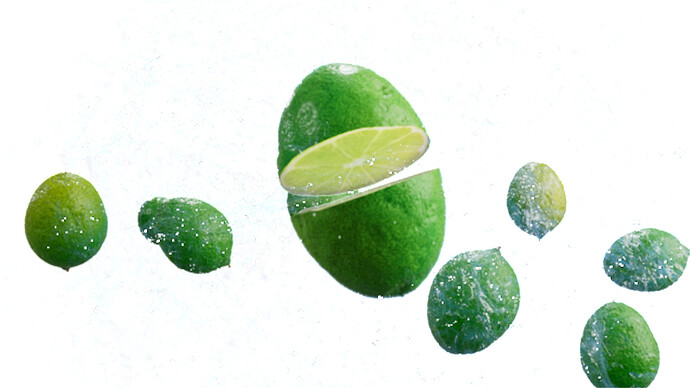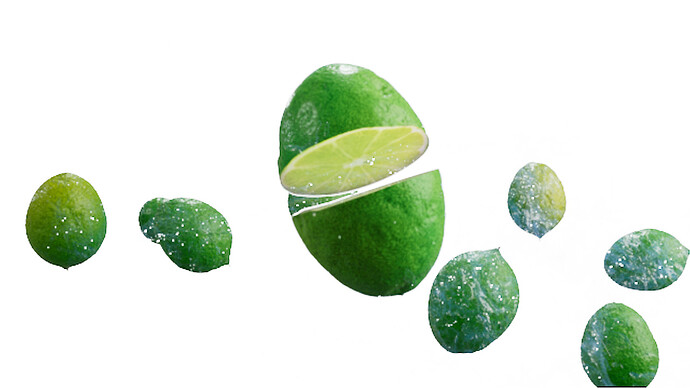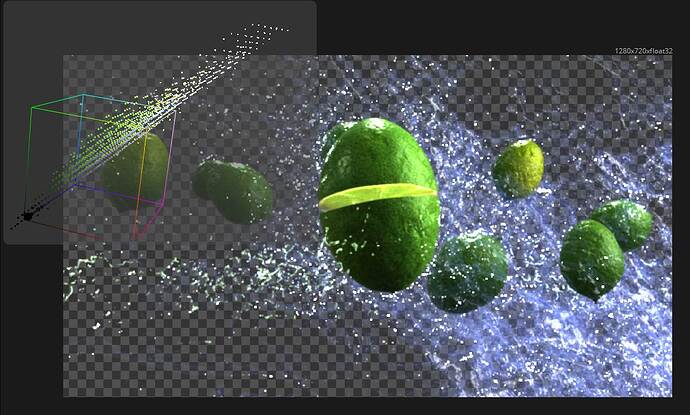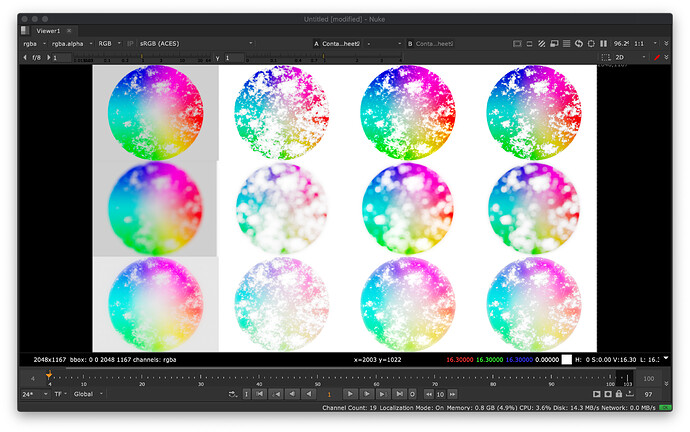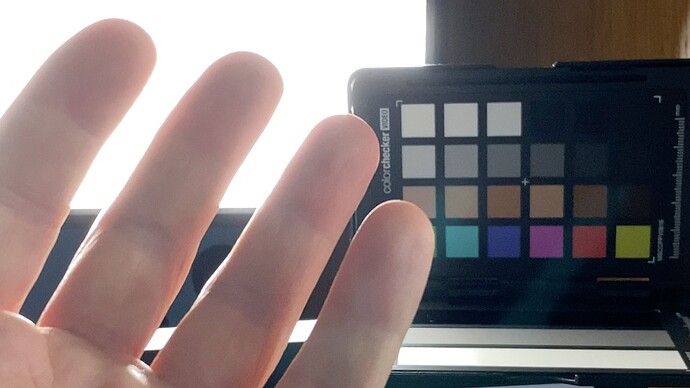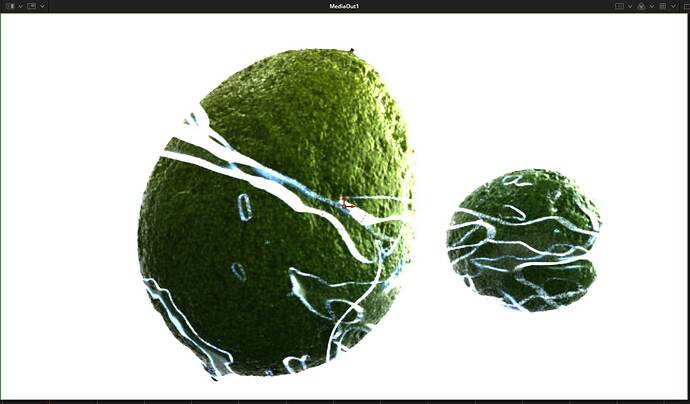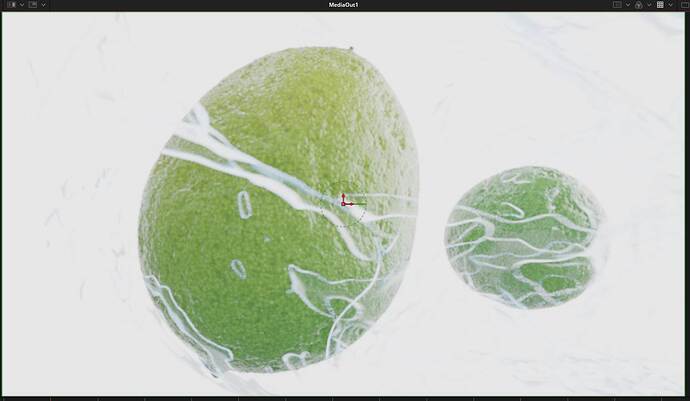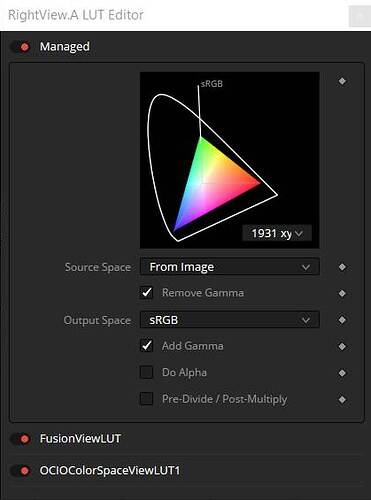Just an update about this. Quite late as I’ve been very busy the last few weeks with actually paid work.
Turns out, this wasn’t such an issue after all due to several things.
Yes, the Alpha edges are harsher but it’s not that noticeable in the actual resolution of 1920x1080. My initial Test was rendered in a quarter of that.
Then, I decided to place a bright but invisible light behind my scene in 3D, which made the white background I comp in later look more fitting.
At the same time, I am not comping in a background with values of 16 anymore but around 5. Which still looks very “white” and bright but not as artificial and it doesn’t attack the edges as strong. All in all, this looks more pleasing, so thank you all for your help and feedback!
But now the absolute biggest misunderstanding was Resolve. This was my first try in actually using the Fusion Page in Resolve (compared to Fusion Studio which I normally use for my 3D/VFX work).
In general, for this kind of project, it’s nice to use Resolve while prototyping, as I can quickly jump between shots and change the edit while instantly seeing the shots in sequence. BUT, it really screws up your colors if you’re not careful (at least in your viewer).
I set Resolve to use ACES in the project settings. This will apply an IDT to the footage you import through the Media Page and ODT in the timeline for viewing. If you jump into the Fusion Page it will automatically apply a viewer LUT called “Managed” which is a simple Gamut transform to sRGB, not the Output-sRGB ODT from ACES. This might work if you import the footage through MedaIn nodes (through the Media Page) but Resolve will be unstable when using the MediaIn node (as it has to do a lot of work to get this into Fusion). This is why I bypass the Media Page and I use the Loader in Fusion (it’s also easier to work with). Bypassing the Media Page will also bypass any IDT’s that Resolve will apply automatically.
This means, while in Fusion, everything will look completely wrong. You can disable the “Managed” viewer LUT and activate the OCIO Color Space Transform viewer LUT and set it to transform from ACEScg to Output SRGB. Then it will look as it’s supposed to. But guess what, Resolve will reset this every time you restart it and default to the sRGB Gamut Transform again… That’s why it was so difficult to figure out why it’s sometimes working and sometimes not. (Fusion Studio does not reset or try to convert footage for you)
Funnily enough, you don’t need an ODT from the Fusion page to the Edit Page as Resolve will transform ACEScg to ACEScc and apply the correct viewer ODT (Output sRGB) when you pipe it into the MediaOut node.
I understand that Resolve wants to “do the work” for you, but it’s quite unclear what it’s actually doing (especially if it’s doing the wrong work). So most of my issues with ACES were actually misunderstandings between me and Resolve, as I am used to the simplicity of Fusion Studio. This is probably not even an actual “Resolve issue” because I might just use it differently from the intended way.
For a more visual example (but still not a final render as that is rendering in this very moment):
This is in the Edit Page, colors are as expected:
This is the same Fusion Clip but this time in The Fusion Page. This time Resolve didn’t activate any viewer LUT:
Activating the viewer LUT will default to my previous Setting which was an OCIO Color Space Transform from ACEScg to Output SRGB, but it will add the “Managed” LUT as well:
It doesn’t matter how often you create a new preset or how often you disable the “Managed” LUT. After a software restart, it will always add this again. And you need to change this for every single Fusion Clip if you want to see the correct colors.
I hope I was able to explain this properly in case somebody else has the same issue with Fusion in Resolve. Moral of the story? Don’t try two new things at the same time.
Again, thanks to everyone who added to this thread. I learned a lot about ACES and feel much more confident in using it. It’s particularly great because my 3D renders simply look better through ACES. I know there is a lot left to learn regarding ACES but at least it’s not this black box anymore.

